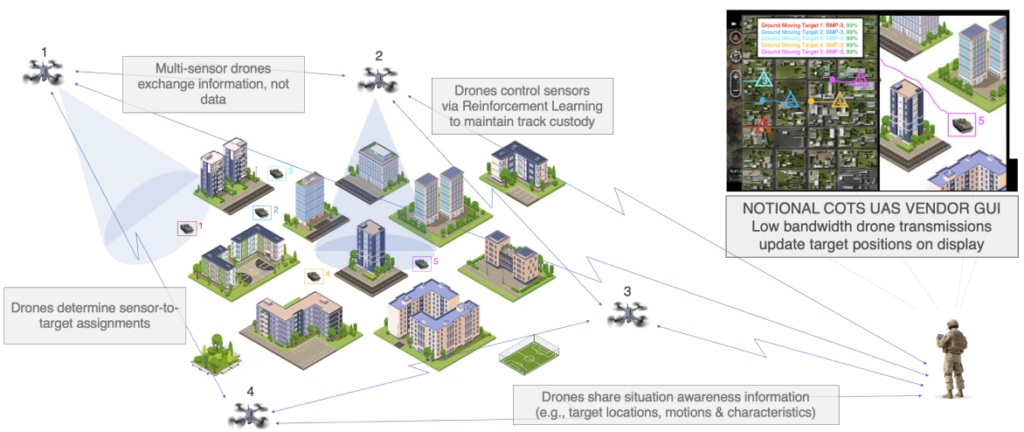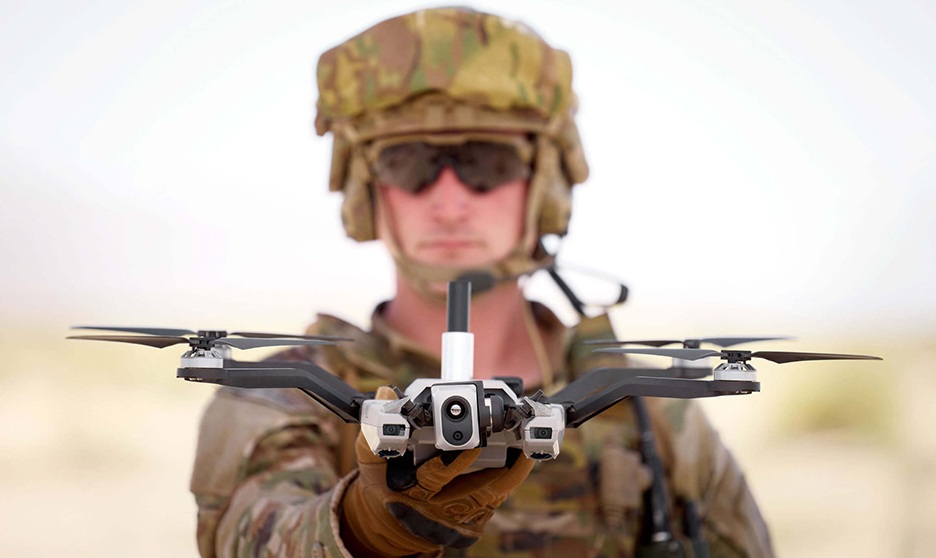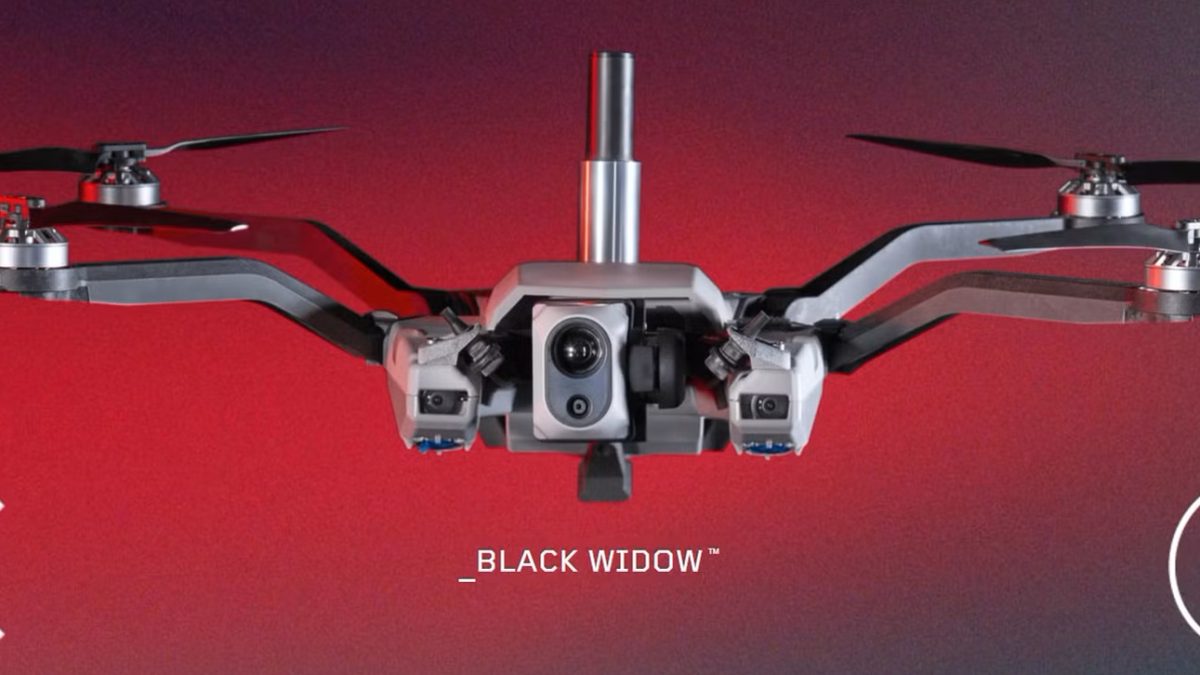Let’s get something straight right out of the gate—there’s hype, and then there’s hardware and software doing the damn thing. Tactical drone systems come and go, but earlier this year, Palladyne AI and Red Cat Holdings didn’t just talk about next-gen drone warfare—they flew it. In a real-world test that pulled no punches, the two companies pulled off a three-drone autonomous mission that should have planners at the Pentagon sitting up in their chairs.
The Mission
Three birds, 2 drones, and an AI, each a different beast, took to the skies and did what was once left to a room full of joystick jockeys and analysts sweating over screens. Red Cat’s Teal 2 and Black Widow™ drones—both absolute workhorses in the tactical drone game—linked up with Palladyne’s Pilot AI software and ran a mission using nothing but onboard brains and limited comms. No central hub. No guy in a trailer pulling strings. Just pure machine-to-machine collaboration.
They scanned, tracked, and classified moving and static ground targets—people, vehicles, and whatever else showed up on their radar—across different zones, and they fed it all to a single operator. That’s right. One guy. Three drones. Total coverage. If that doesn’t get your attention, you’re reading the wrong site.
The Black Widow Drone™: Small Frame, Big Punch
The Black Widow™ is no stranger to our readers. Designed for short-range reconnaissance, it’s lightweight, quick to deploy, and built like a brick outhouse—only smarter. This isn’t your cousin’s off-the-shelf quadcopter. Red Cat’s Widow is part of the U.S. Army’s Short Range Reconnaissance (SRR) Program of Record for a reason: it works. Pair it with edge AI that thinks for itself, and you’ve got a tactical drone that doesn’t just fly—it hunts.
Palladyne’s IQ: Smarter Than the Average Bot
Now here’s where it gets spicy. Palladyne’s Pilot AI isn’t some plug-and-play novelty. It’s the product of years of contracts with the U.S. Air Force. This software makes unmanned systems act like a squad with eyes, ears, and decision-making ability—all without a human tapping at a keyboard.
But the real secret sauce? Palladyne IQ. This isn’t just about automation—it’s about collaboration. Multiple drones, different makes and models, speaking the same tactical language. Think of it as the central nervous system that turns flying cameras into combat teammates. It’s built to reduce the operational drag while boosting mission effectiveness. Persistent tracking, dynamic collaboration, and total awareness—all baked in.

Not Their First Rodeo
This isn’t Palladyne and Red Cat’s first dance. They nailed a two-drone flight back in January 2025, and a solo operation the December before that. But this latest test—the three-drone collaborative flight—proves the concept scales. You’re not just watching a demo. You’re looking at AI drone collaboration, at the future of unmanned operations, and it’s already airborne.
Why This Matters
“This new testing milestone represents significant progress in our joint mission with Red Cat,” said Matt Vogt, CRO at Palladyne AI. Translation? They’re not just building cool tech. They’re gunning for a spot in the kit bag of every warfighter who needs air support without a call for backup.
Red Cat’s Geoff Hitchcock added, “Expanding from single to three-drone operations reflects the capability of onboard systems to independently handle complex missions.” That’s big. Especially when operators need to do more with less in contested airspace.

The Endgame
Both companies plan to put this tech in front of U.S. military brass soon. If what we saw in this test holds up in operational scenarios, expect to see drone swarms with independent brains working side by side with our troops in ways we’ve only seen in sci-fi.
Bottom line? The Black Widow and Palladyne’s AI combo just put a marker down. The days of clunky, micromanaged UAV ops are fading fast. Autonomous systems aren’t the future—they’re now, and they’re flying smarter than ever.
Garfield out
Read the full article here


